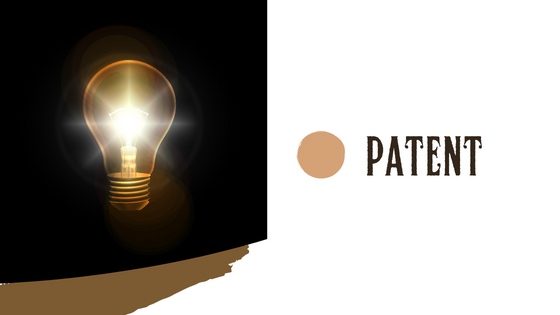It’s not enough to have a great invention. You need to protect it with a patent. A patent gives you the exclusive right to make, use or sell your invention for 20 years from the date of filing.
To get a patent on your invention idea, you need to apply either directly to the U.S. Patent and Trademark Office (USPTO) or through an attorney or agency. Once approved, your invention is published 18 months after filing and becomes public knowledge so competitors can avoid duplicating your work during that time period.
The USPTO does not require inventors to disclose their inventions until after they receive a patent, so you can keep them secret until then if desired. However, if someone else has already patented a similar idea in another country, there is no point in getting one here because it won’t give you any rights abroad anyway – American patents are not valid outside of America unless obtained by treaty or by international agreement between the U.S. government and another nation’s government (which is rare).

This is why it’s so important to research existing patents before applying for one. If you find out that someone else already has a patent on your idea, do not feel dismayed. Instead, consider ways in which you can modify or improve it and apply for a new patent based on those changes.
One way to protect your idea inventions is by filing a patent application with the U.S. Patent and Trademark Office (USPTO). This gives you one year from the date of filing to produce and file a non-provisional patent application, which is required if you want to receive a patent in this country.
You can apply for a patent online through the USPTO website, or through a patent attorney or agent. If you choose to apply yourself, you must complete form PTO/SB/18a and submit it with two copies of your invention’s drawings (or photographs) and descriptions.
Inventors can also apply for a provisional patent, which is less expensive than the full application but does not provide as much protection. A provisional patent provides an inventor with one year of exclusive rights to their invention and allows them to show it off at trade shows, conventions and other events without fear that competitors will copy it. The USPTO recommends getting a provisional patent before disclosing your invention publicly so you can later file for a non-provisional patent if you choose to do so.


